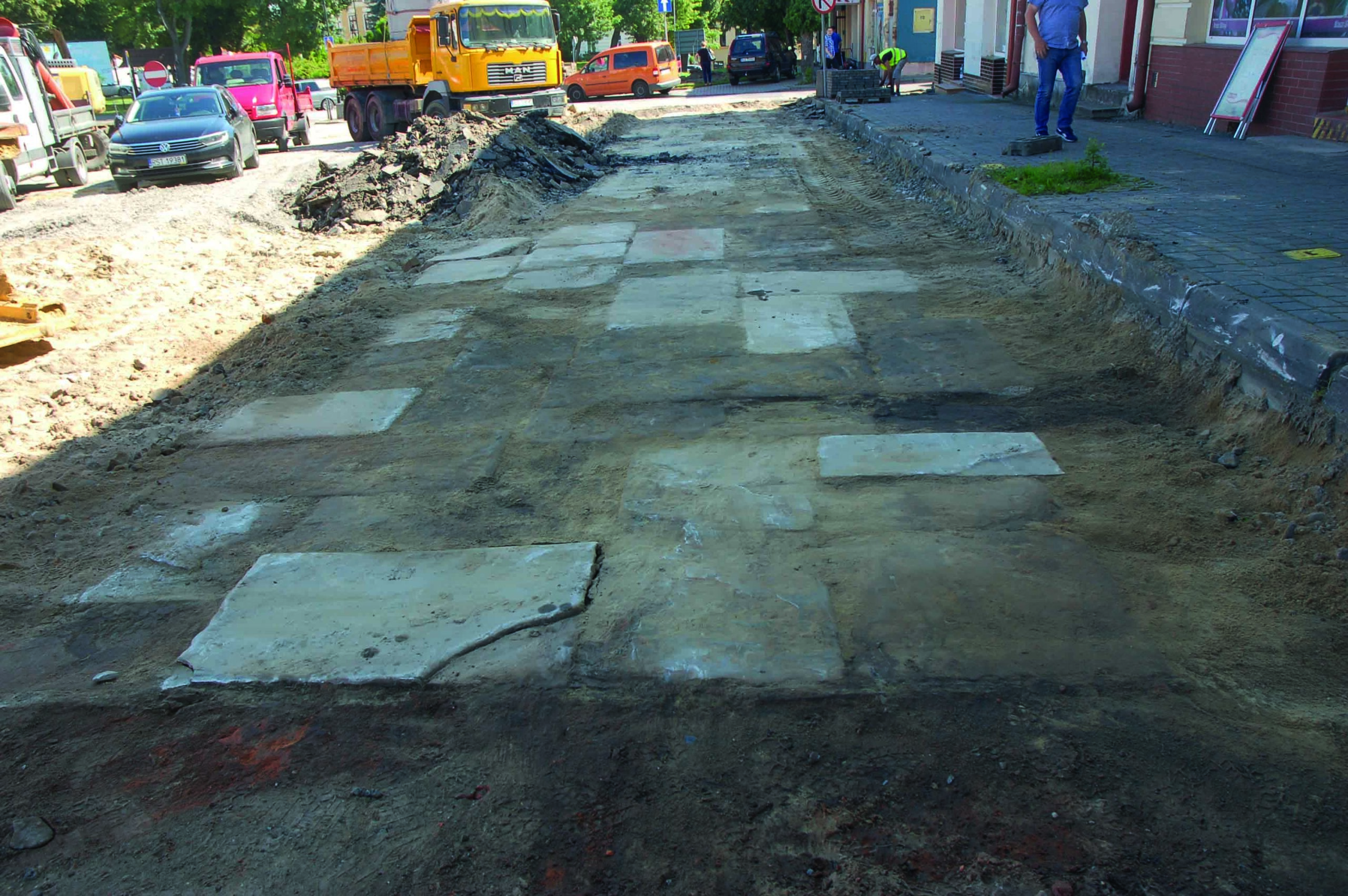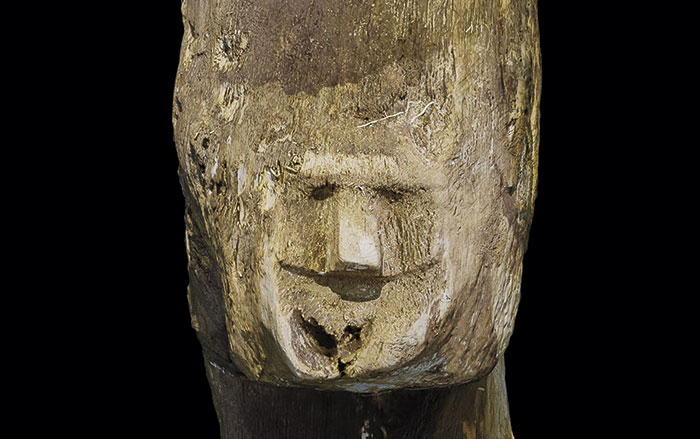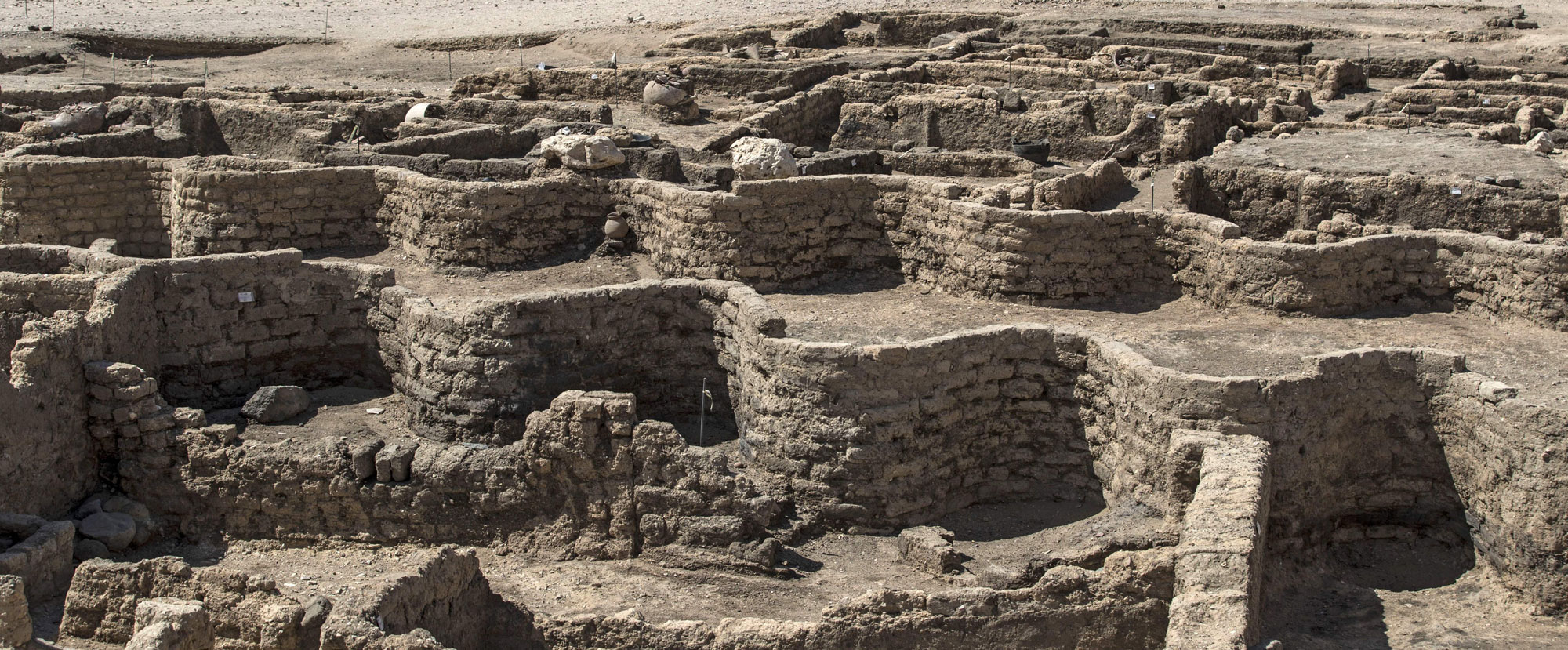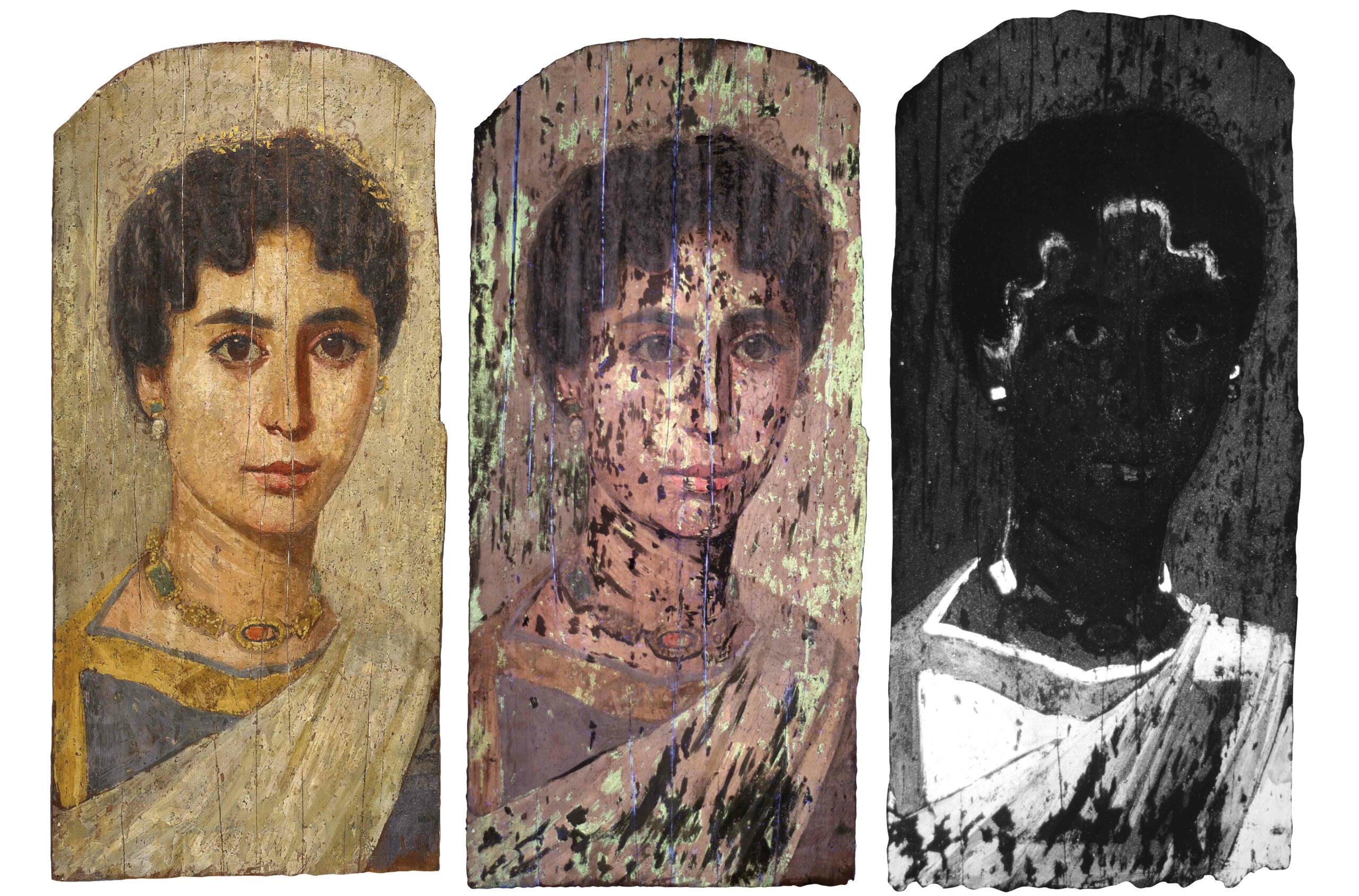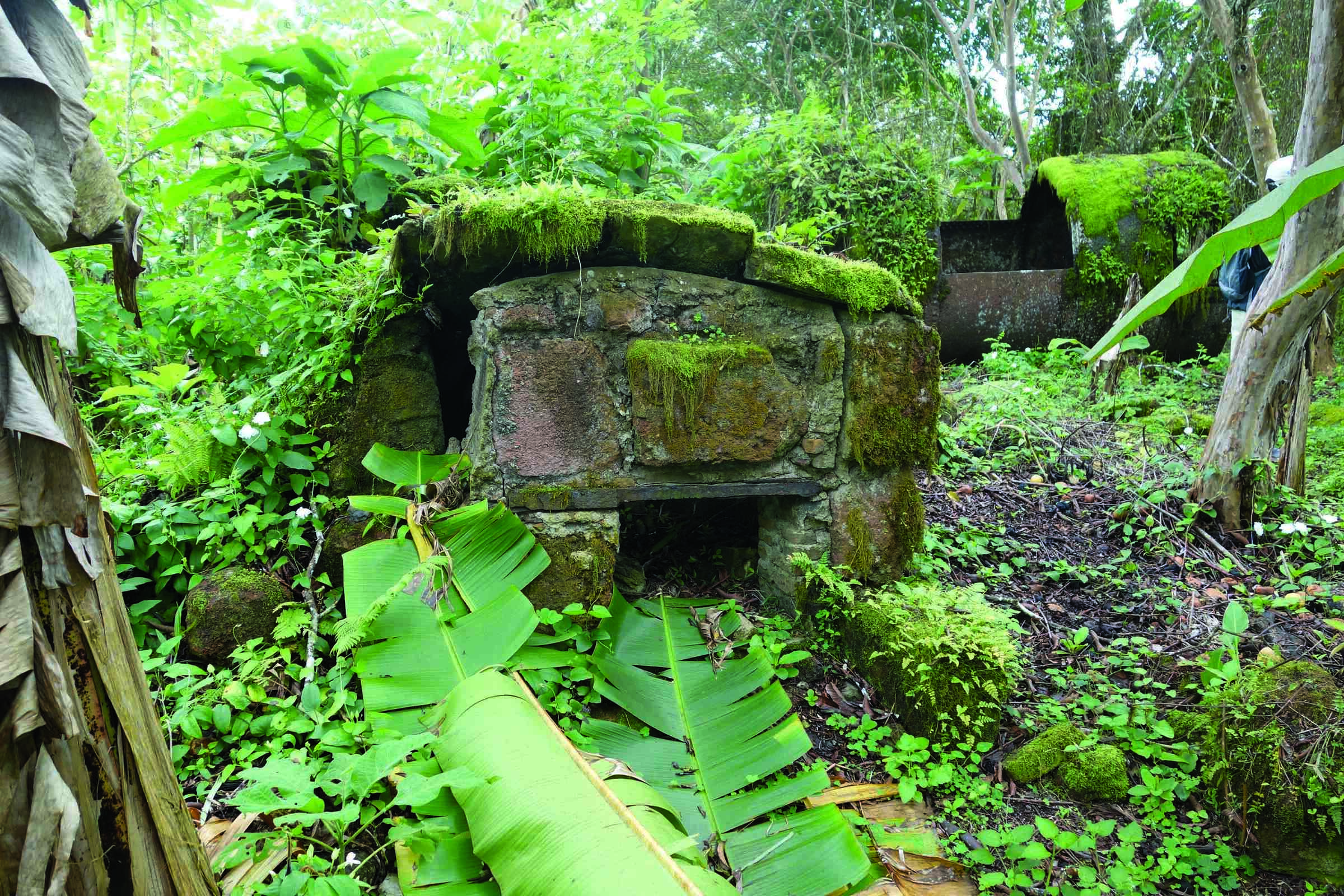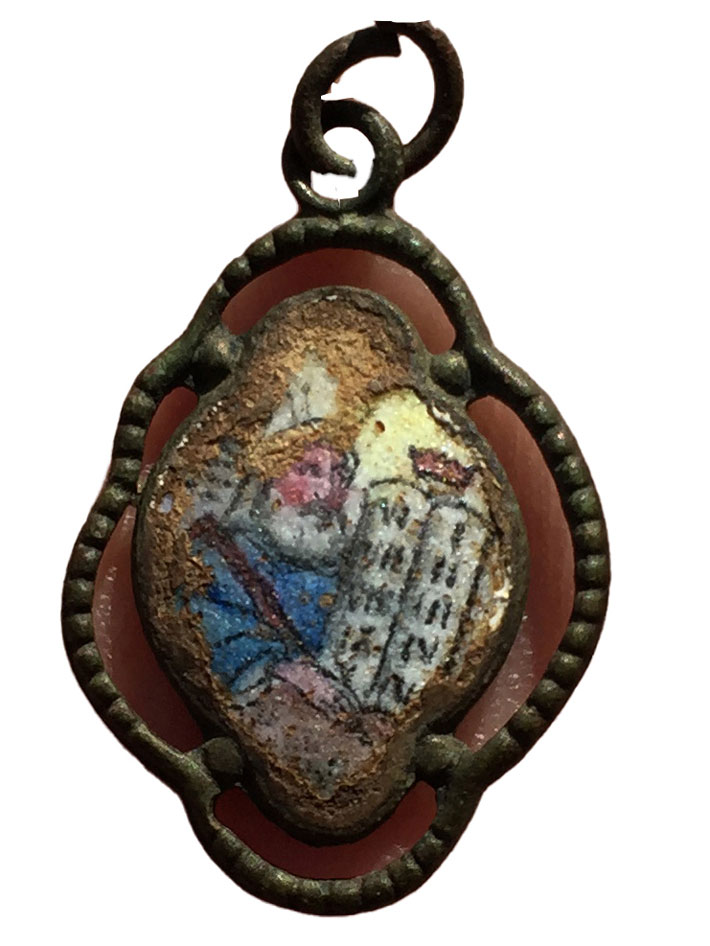
SOBIBOR, POLAND—Live Science reports that Polish archaeologist Wojciech Mazurek, Yoram Haimi of the Israel Antiquities Authority, archaeologist Ivar Schute of Holland, and a team of local volunteers discovered three pendants at the Sobibor Nazi death camp in eastern Poland. More than 250,000 people, largely Jews from Poland and the occupied Soviet Union, were transported by train to the Sobibor camp between 1942 and 1943. Two of the pendants were found in an area where victims were forced to undress before they were killed in gas chambers. The third was unearthed near a mass grave. Although each pendant is different and was produced in a different place, they share similar features. “It has been possible to identify a kind of tradition or fashion among the Jewish communities of Eastern Europe with pendants that were inscribed with ‘Shema Yisrael’ on one side and a depiction of Moses and the Tablets of the Law on the opposite side,” Haimi said. Research into how such pendants were distributed is ongoing, he added. For more on archaeology at Sobibor, go to "Around the World: Poland."



